|
Ingredients:
1 1/2 lbs medium shrimp (cleaned and deveined) 1 cup diced half ripe mango 1-2 scotch bonnet peppers (diced fine) 3 scallions/ chives (chopped) 4 cloves garlic (diced fine) 4 sprigs thyme (leaves) 1/2 teaspoon grated ginger 2 tablespoon olive oil (divided) 1/4 teaspoon salt 1 tablespoon dark soy sauce 1 tablespoon brown sugar 1/2 lime (juice) 2 tablespoon parsley (chopped) 1/4 teaspoon cinnamon 1/4 teaspoon nutmeg 3/4 teaspoon allspice 1/4 teaspoon black pepper Method:
0 Comments
He gave the world what some might term the quintessential rum song: Drunk and Disorderly.
But now a brand of rum will actually bear his name. The Mighty Sparrow: Aged Rum with Spices was introduced on his Facebook page on May 14. However, the Mighty Sparrow is not the one behind the rums, although they bear his name. US singer/songwriter Lane Steinberg and US producer, director and screenwriter Lenard Dorfman are the rum’s founders. Four images of bottles were posted and visitors to his page were asked to give their opinions on the bottles and labels. Sparrow reposted them on May 19 asking for more responses. The product’s website was launched on June 8. The producers said were looking for partners to bring the product to market and all the details were available on the website. The rum falls under The Mighty Sparrow Company, headquartered at 10 Center Street, Irvington, New York. In a brief phone interview on Wednesday, Sparrow confirmed he had granted permission for his name to be used for the brand. “I thought it was something good and I am waiting on my contract,” he said. Sparrow said he was approached three years ago with the idea. The calypsonian was baptised at the Linden Seventh Day Adventist Church in New York in 2022. Asked if the rum bearing his name was in conflict with his religious beliefs, Sparrow said, “As long as we have to go along those lines, we have to remember, moderation is the name. It is the key, and not because somebody is sponsoring something that they have to find themselves completely out of it. “Whatever you are doing, you have to do things moderately.” Sparrow said he was not deeply involved, and wished the founders success. The website describes the rums as being “blended with rare TT rums that have been aged in ex-bourbon, American Oak casks. Of this blend, 51 per cent is aged for ten years, and one per cent is aged for 15 years. This age profile is unique and unprecedented for the category.” It said most spiced rums use an “unaged, neutral base spirit” and added flavourings to mask “harsh-tasting inferior-quality spirit.” However, this rum’s producers were taking a different approach: it was blended at 80 proof, and was complex, deeply rich and with a “velvety, smooth finish.” The “ultra-premium blend” was then infused with a big, bold taste, it said. The history of the rum is told on the site: it said Steinberg discovered that Sparrow – his childhood idol – lived nearby. He picked up his guitar and knocked on Sparrow’s door in the hope they could sing together. “Before long a friendship developed that evolved into a musical partnership. Together, along with Sparrow’s band they performed to enthralled fans throughout the world, until covid19 struck and put an end to the sold-out performances.” Steinberg was a senior sales executive at an alcohol spirits distribution company and would often share industry tales with his childhood buddy Dorfman. “Since their formative days spent in the south Florida sunshine, Dorfman went on to be an acclaimed internationally recognised commercial director and marketer,” the website said. It added that late one night during the pandemic, Sparrow, Steinberg and Dorfman were talking about their mutual love for aged rum and how “there is not a delicious-tasting premium spiced rum on the market.” Sparrow agreed and shared memories of “big, bold, delicious-tasting, high-quality, aged rums he tasted travelling through the most exclusive Caribbean hotspots. “Following in the footsteps of the King of Calypso, we created the ultra-Premium, Mighty Sparrow Aged Rum with Spices,” it said. Other celebrities involved in the spirits industry include Machel Montano, US singer Ciara and French rapper and producer Joey Starr. Newsday contacted the founders for more details on the brand and company and Dorfman said they would be interested in an interview next week. (Source: Newsday, June 12, 2024)
Ingredients: - Ripe mangoes, peeled and diced - Coconut milk (full-fat) - Granulated sugar (adjust to taste) - Lime juice (optional, for a hint of acidity) - Shredded coconut (optional, for added texture) Instructions: 1. Place the diced mangoes in a blender or food processor and puree until smooth. 2. In a mixing bowl, combine the mango puree with coconut milk and granulated sugar. Adjust the amount of sugar to your desired level of sweetness. 3. If using, add a squeeze of lime juice to enhance the mango flavor and add a hint of acidity. 4. For added texture, stir in shredded coconut into the mixture. 5. Pour the mixture into an ice cream maker and churn according to the manufacturer's instructions until it reaches a creamy consistency. 6. Once churned, transfer the ice cream to a freezer-safe container and freeze for at least 4 hours, or until firm. 7. When ready to serve, allow the coconut mango ice cream to sit at room temperature for a few minutes to soften slightly before scooping. 8. Scoop the ice cream into bowls or cones and garnish with additional shredded coconut or slices of fresh mango, if desired. 9. Enjoy the tropical flavors of Coconut Mango Ice Cream and savor the taste of summer! Congratulations to Ms. Doolarie Ramdath, cocoa farmer of Rio Claro! She is one of three local cocoa farmers who have achieved international recognition for their beans this year.
At the 2023 Cacao of Excellence Awards, Trinidad and Tobago proudly claimed 3 Silver Awards in the category of Central America and the Caribbean. Ms. Doolarie Ramdath was one of these recipients. The ceremony took place at the historic Beurs Van Berlage in the heart of the Amsterdam at the Chocoa Trade Fair, during the Amsterdam Cocoa and Chocolate week, on February 8th, 2024. Ms. Mala Partap of the Cocoa Development Company of Trinidad and Tobago Limited accepted the award on her behalf. Cacao of Excellence recognizes quality, flavour and diversity of cocoa beans from origins around the world, to improve farmers’ livelihoods and drive sustainability of the cocoa supply chain, since 2009. Here is the Cacao of Excellence’s flavour profile description for the chocolate made by Doolarie’s beans- “This smooth chocolate opens with moderate acidity over a solid cacao base, hints of fresh grapefruit, tropical, and yellow fruits. It transitions to deeper raisins and dried apricots, mild wood, and vegetal notes. Subtle hints of tobacco emerge, and astringency builds up in the finish supporting the lingering cacao aftertaste.” We wish her more cocoa successes in the future! (Source: Cocoa Development Company TT, March 13, 2024) ABVMTT extends heartiest congratulations to the three Trinidadians, Doolarie Ramdath, Shankar Teelucksingh and Stephanie Omardeen who have been awarded silver in the 2023 Cacao of Excellence Awards for the Central America and Caribbean region. This recognition highlights the exceptional quality and flavour diversity of cocoa produced in T&T and solidifies its position as one of the leading cocoa-producing regions in the world.
The history of Cocoa in Trinidad dates back to the early days when the Spaniards were the first to commercially cultivate it. The Spaniards first planted the Criollo variety in Trinidad in 1525. Today, we travel back in time to the distant past to find out about the legend associated with the first cacao plant and how it arrived in Trinidad. Ancient legend tells us about the Feathered Serpent God, Quetzalcoatl who gifted the Meso-American peoples with miraculous cocoa seeds. He wanted his people to be able to live healthily and be well fed so that they could become the best version of themselves: being generous, talented, hard-working & knowledgeable. The Ancient Mesoamericans considered that the cacao tree was sacred, which is why chocolate became known as the food of the gods.They would make a drink from cacao beans that were believed to have spiritual powers and mood-enhancing capabilities. This drink was consumed during sacred ceremonies of birth, death, and marriage by nobles, priests, rulers, and warriors. Montezuma II, the Aztec ruler of Mexico, is traditionally believed to play a major role in spreading cocoa to other countries. History reveals that Montezuma supposedly consumed gallons of chocolate daily as an aphrodisiac and energy drink. He was also known to share his cacao beans with his warriors. Christopher Columbus encountered the beans in 1502, as did Hernan Cortes, who dominated the Aztecs in the Yucatan. Cortes and his conquistadores were served a bitter, hot beverage spiced with pepper and little resembling the stuff we call chocolate today. According to the legend, Cortés brought the first cocoa seeds to Spain from one of his expeditions to America. When he and his troops were looking for gold and riches, the last Aztec emperor Cuahutémoc, shared a cup of cocoa with him. According to historical records cocoa seems to have been introduced in Trinidad in the 17th century, since it was one of the few cash crops cultivated for export by the Spanish settlers. It was also grown by subjugated Amerindians on the missions established by Capuchin monks from 1687-90. At its peak in1830, Trinidad and Tobago was the world’s third highest producer of cocoa, after Venezuela and Ecuador, producing 20% of the world’s cocoa. Though cocoa is no longer the cash crop it used to be, we the citizens of T&T can still boast that some of the finest cocoa beans come from here. So, next time you enjoy a cup of hot cocoa tea , make sure to remember all of its beautiful histories and share it with our young children. (Source: Angelo Bissessarsingh's Virtual Museum of Trinidad and Tobago, March 10, 2024) Credit to artist Rudolph Bissessarsingh Rice is a staple food in Trinidad and Tobago as in other countries of the world. At the end of the Indentureship period when immigrants from India were allowed to buy lands instead of a return passage to India (post 1860) many of them bought plots in swampy areas like Cunupia where they grew rice as the staple product. Rice, harvested from the rice fields also known as "Dhan " was spread out to dry in front of the dwelling houses of the rice farmers and then stored, being husked and cleaned as the need of the household demanded. An acre of land could produce enough rice to feed a family of 7 for a year or more. (Source: Angelo Bissessarsingh Virtual Museum of Trinidad and Tobago, Feb 5, 2024) inister of Agriculture, Land and Fisheries Kazim Hosein toured a rice project which is intended to revitalise the local rice industry, with the help of disease-resistant seeds from Guyana.
In an update, the Ministry shared photos of Agriculture Minister Kazim Hosein on a tour of the project today. The Ministry said in 2023 it procured and distributed 91 tonnes of high-yielding, disease-resistant rice seeds from the government of Guyana—an essential step towards enhancing the quality and quantity of the country's rice production. The Ministry said the project has not only met but exceeded acreage cultivation targets set by MALF's technical team. The Ministry said other notable achievements of the project include contracts issued to individual rice farmers by National Flour Mills, repairs and servicing of MALF's Rice Harvester and other equipment, and ongoing training sessions introducing modern production techniques. Currently, Minister Hosein is actively spearheading the identification of new lands for rice production—a strategic initiative aligned with the Ministry's growth objectives. In 2022 regional leaders attended the Agri Investment Forum and Expo II to discuss food security and creating the easier movement of goods and services within the region. CARICOM has committed to a 25 per cent reduction in its regional food import bill by 2025. According to the Food and Agriculture Organisation of the United Nations (FAO), the combined food import bill (FIB) for the 14 Caribbean Community member states sky-rocketed from US$2.08 billion in 2000 to US$4 billion in 2008, and surpassed the US$4.25 billion mark in 2011. (Source: The Loop, Jan 22, 2024) ROUCOU/ ANNATO: A TRINIBAGONIAN SECRET INGREDIENT TO MAKING A GOOD STEW OR PASTELLE.
This plant is native to South America and was traditionally used by indigenous peoples as dye , body paint , food and even as medicine. The first peoples used the paste made from the red seeds to cover their skin as a repellent from insects and the sun. Traditional healers also used Roucou as an anti serum for snake bites. The young leaves were brewed and used to treat colic in children. Leaves were also used in baths against boils and rashes on the skin. The fruits of the roucou plant are small soft prickly brownish pods which grow in bunches with red seeds inside the pods. In T&T the paste made using the roucou seeds is popularly used in making pastelles around Christmas Time . Some Trinbagonians also still use Roucou paste to flavour their soups and to give their stews a rich colour with added flavour. It is quite rare today to see roucou plants around homestead like long ago.One of our members Elizabeth Mohammed is in process of propagating these plants and some of photos of the propagated plants from her cocoa estate. (Source: Virtual Museum of Trinidad and Tobago, Dec 3, 2023) |
T&T news blogThe intent of this blog is to bring some news from home and other fun items. If you enjoy what you read, please leave us a comment.. Archives
June 2025
Categories
All
|


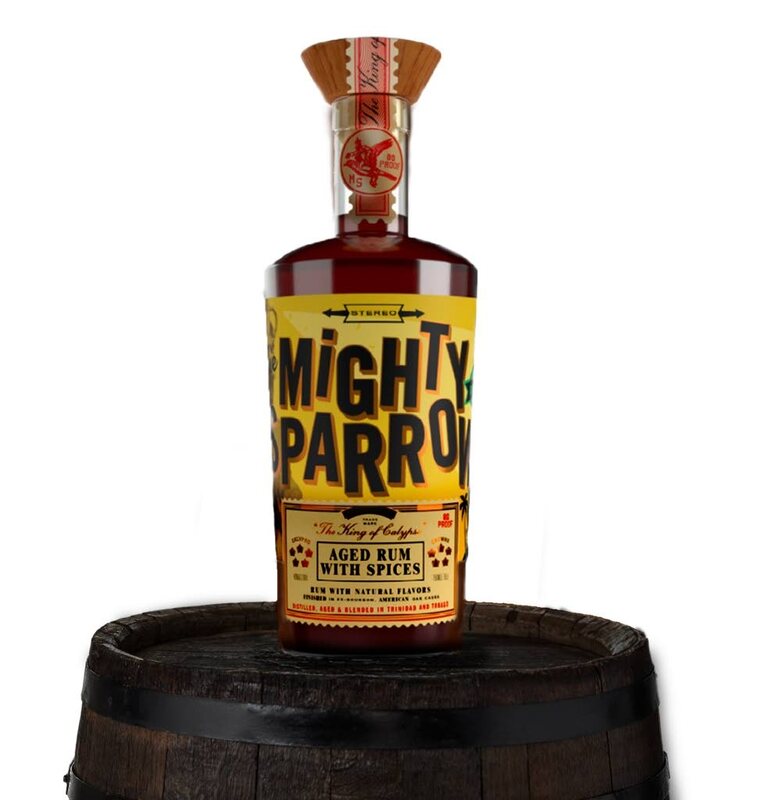
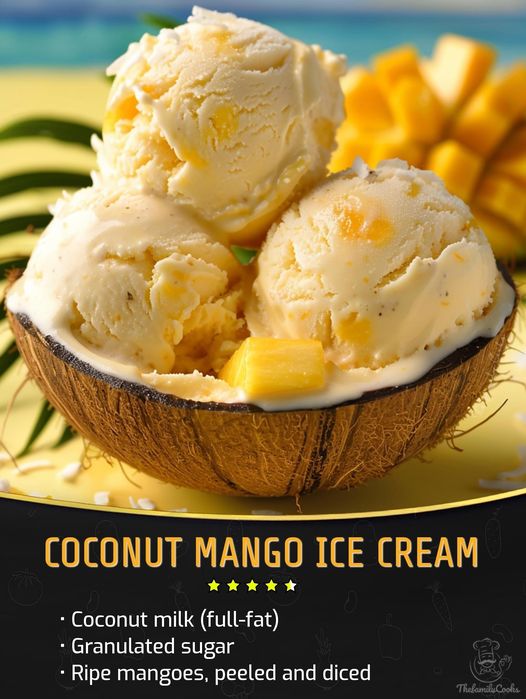
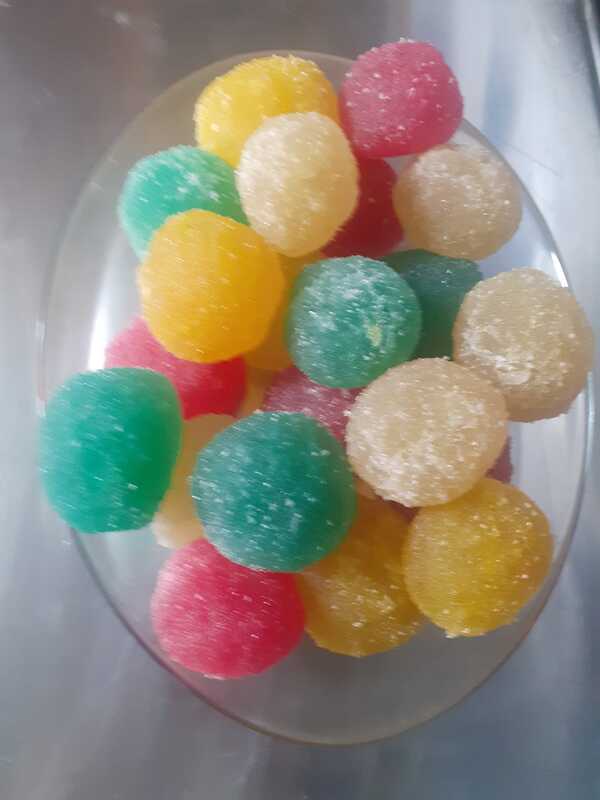
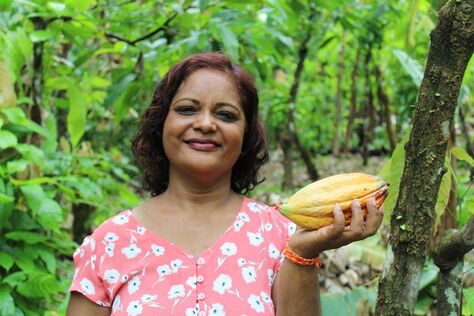
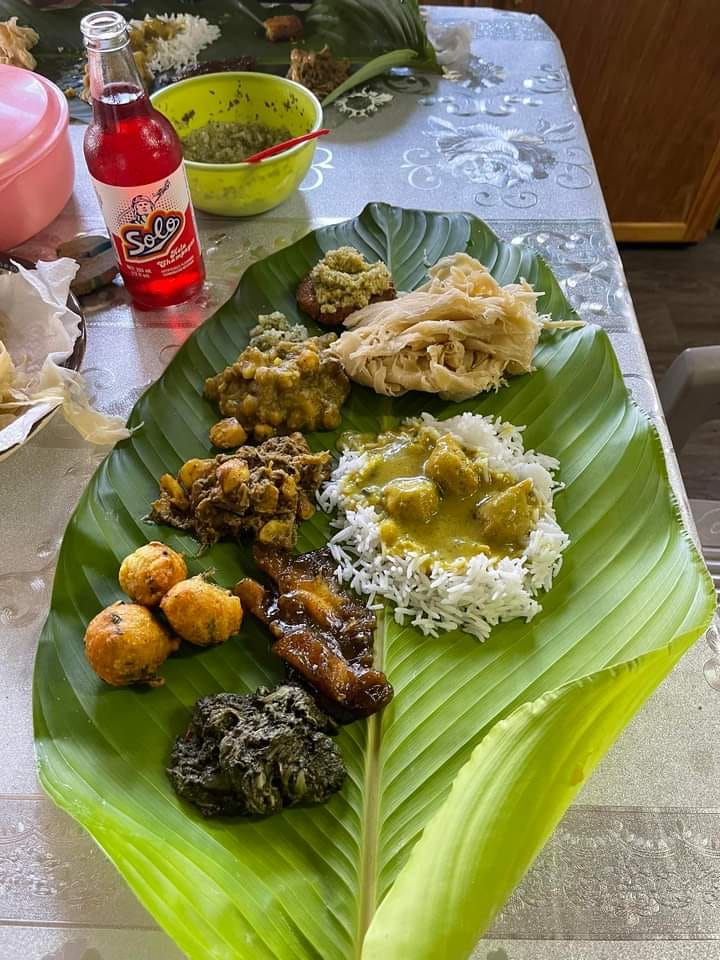
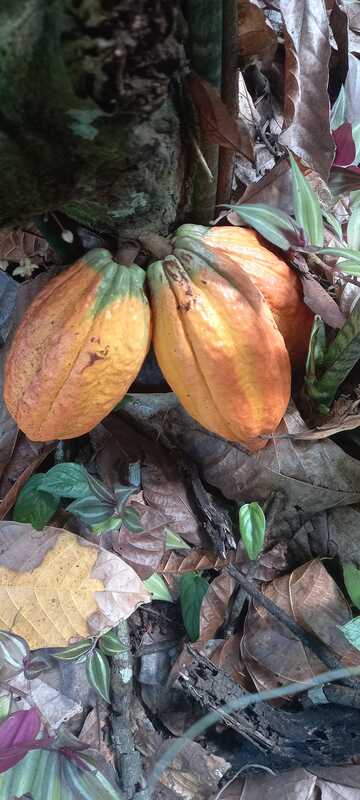
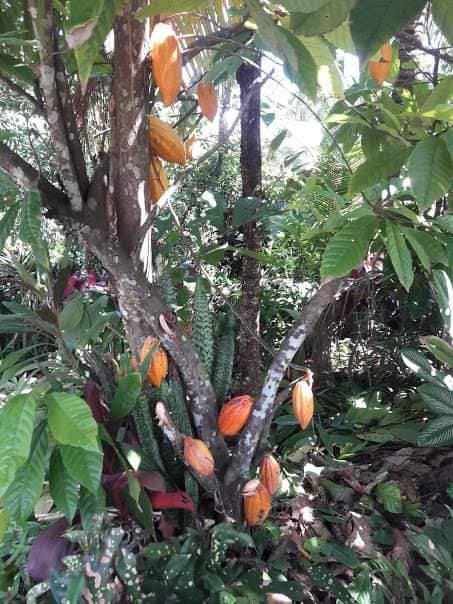
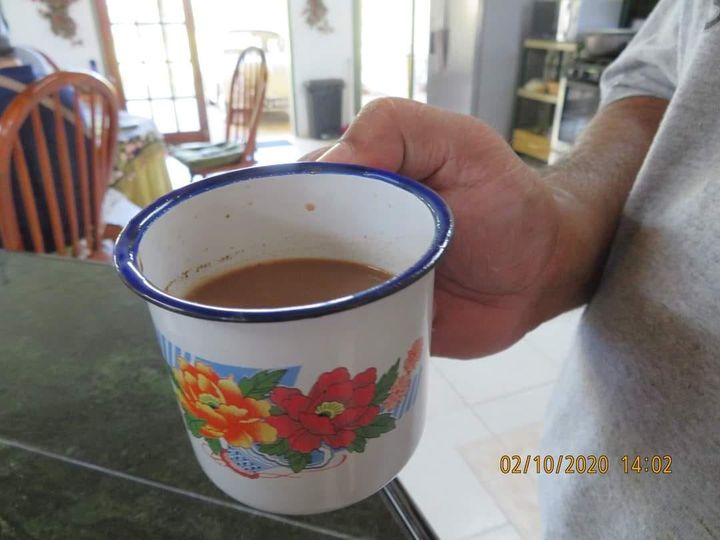

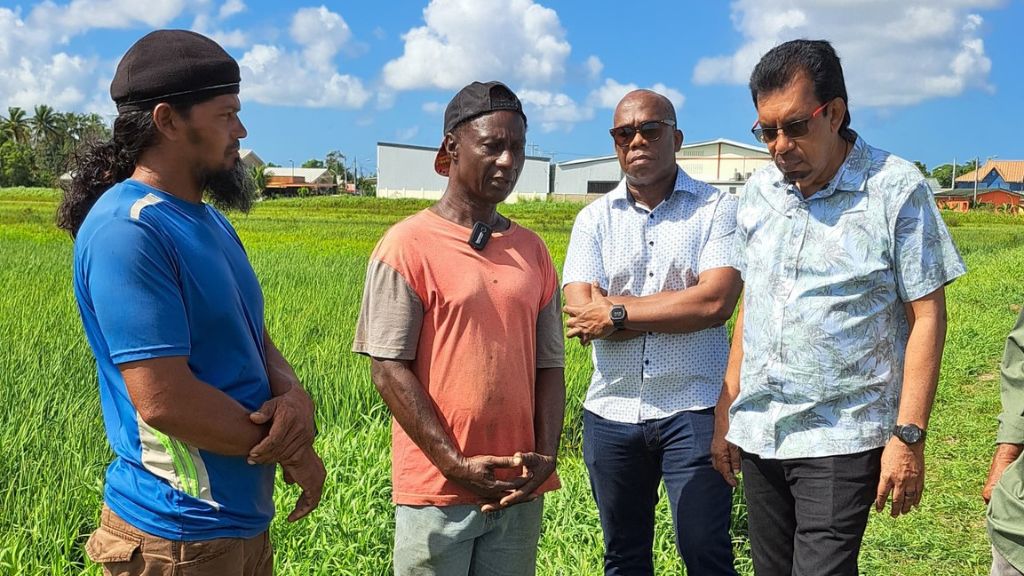





 RSS Feed
RSS Feed